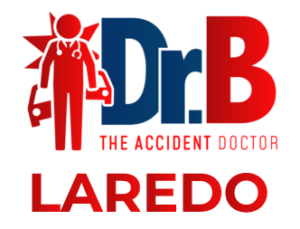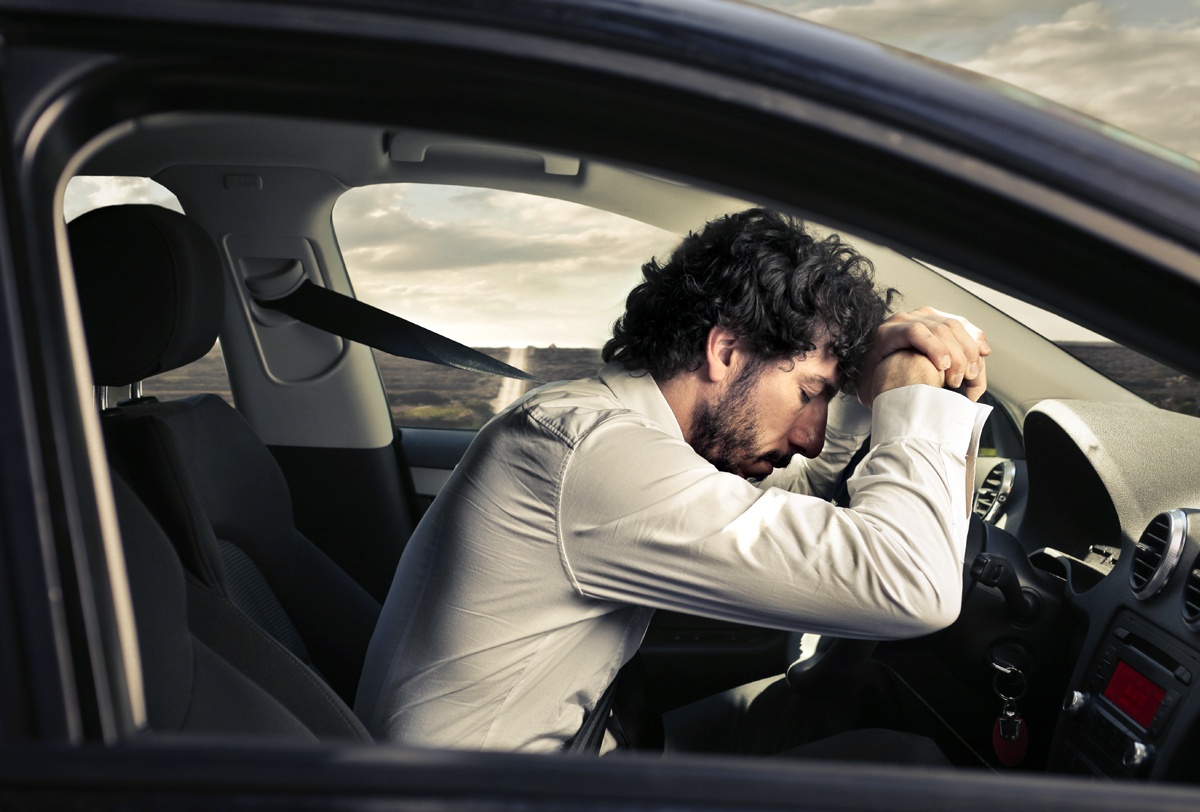The Fatal Effects of Driver Fatigue.

- Abdominal Pain accident at work
- Accident
- air bag
- Ankle auto accident
- Auto
- Auto Accident
- Auto Accident Doctor
- Auto Accident Injury
- Auto Accident Injury Clinic
- Auto and Work Injury Clinic
- Auto car Accident Shoulder
- auto car acident
- Auto Injury Clinic
- Auto Work Injury
- Auto Work Injury Walk-in Clin a
- autoinjury
- Automobile Accident
- Back Pain brain
- brain injury car accident
- Car Accident Injures
- Car Accident Injuries
- car accidents chiropractic
- care Chiroptactic chronic pain
- Clinic
- Clinica de Accidente de Auto en San Antonio
- Concussion Consult With an Attorney
- Cycling Accidents
- General Quiropractic headaches
- horseback riding Injury
- Physical Therapy San Antonio
- San Antonio Auto Car Accident
- San Antonio Back Pain
- San Antonio Chiropractic Care
- San Antonio Chiropractor
- San Antonio Injury Doctor
- San Antonio Pain Management
- San Antonio Union Doctors
- San Antonio Work Injury Doctor
- utoaccidentinjury
Driver fatigue is one of the biggest killers on the roads. It is also one of the hardest accident causes to combat.
In fact, driver fatigue poses a number of unique challenges to public authorities in their efforts to reduce the road toll. Fatigued driving is hard to police, and may affect drivers who are otherwise very responsible on the road. It is also a major risk factor for long haul heavy vehicle drivers, whose vehicles have a tendency to inflict high casualty rates when they cause accidents.
Furthermore, while most drivers are aware that driving while fatigued is a bad idea, the majority of people are most likely to be on the roads in the mornings and the late afternoons – the two periods of day in which they are highly likely to be fatigued. It can also be very hard for a driver to determine when their fatigue levels reach the point where they pose an accident risk.
Reducing the risk of accidents from driver fatigue therefore places the onus on drivers to understand the impact of fatigue on their driving ability, and to take the necessary precautions when they believe that they may be too tired to drive.
What is driver fatigue?
Driver fatigue can impact driver behaviour in numerous ways. While driving with some level of fatigue, for example at the end of a work week, is normal, driver fatigue becomes dangerous when:
- it increases the amount of time a driver takes to notice a road hazard
- it increases the amount of time a driver takes to respond appropriately to situations encountered on the road, from traffic signals to the actions of other drivers
- it results in brief lapses of consciousness, known as microsleep, in which the driver nods off for a split second before awakening.
Any one of the above is sufficient to increase the risk of an accident. However, as a driver becomes more fatigued they are more likely to experience all of these effects on their driving behaviour, exponentially increasing their risk of causing, or becoming involved in, an accident.
It is also important to note that driver fatigue is not only related to sleep deprivation. Driver fatigue can also arise in situations where driving is highly monotonous, like on long distance journeys. The simple monotony of these journeys can have the same impact on driver attention as sleep deprivation and exhaustion.
Why fatigued driving is dangerous
Driving while fatigued impacts attention and reaction times, and paying attention to the road and responding swiftly to hazards are both critical components of smart, safe driving.
Microsleep
Microsleep typically occurs in situations where an individual is so fatigued they have to consciously battle to remain awake. During an episode of microsleep an individual will lose consciousness for a periods ranging from a fraction of a second to 30 seconds.
There are two things that make microsleep highly dangerous to drivers.
Firstly, microsleep results in complete inattention for the period in which the driver loses consciousness. As with other forms of inattention this can result in a driver covering potentially large distances without the ability to respond appropriately to any hazards that arise during this period. For example two seconds of microsleep while travelling at 110km/h will result in the driver travelling over 60 meters without being able to respond to any hazards.
The other major danger associated with microsleep is that drivers may be completely unaware that they are periodically slipping out of wakefulness. Drivers who are experiencing microsleep will typically believe that they are fully conscious, and at worst will perceive their episodes of microsleep as temporary lapses in attention. This lack of awareness of what is happening to them greatly amplifies the risks of an episode of microsleep leading to an accident.
Reduced driver performance
We already noted that sleep deprivation leads to increases in reaction time, an issue noted in numerous studies. Fatigued drivers take longer to react hazards.
However, reaction time isn’t the only thing affected by sleep deprivation. Fatigue can result in impaired attention, psychomotor skills, moral judgement, and decision making. All of these are critical in assessing and responding to unexpected threats that can arise while driving, and create multiple overlapping performance deficits, each of which increases accident risk independently.
In combination what this means is that a fatigued driver will take longer to notice an unexpected hazard on the road, take longer to respond to that hazard, find it harder to spontaneously make the right decision in the split second they will have to avoid an accident and suffer reduced physical performance in executing the actions required to avoid an accident.
Injured in a Car Accident?
Schedule an appointment with us now! 210-342-2777





